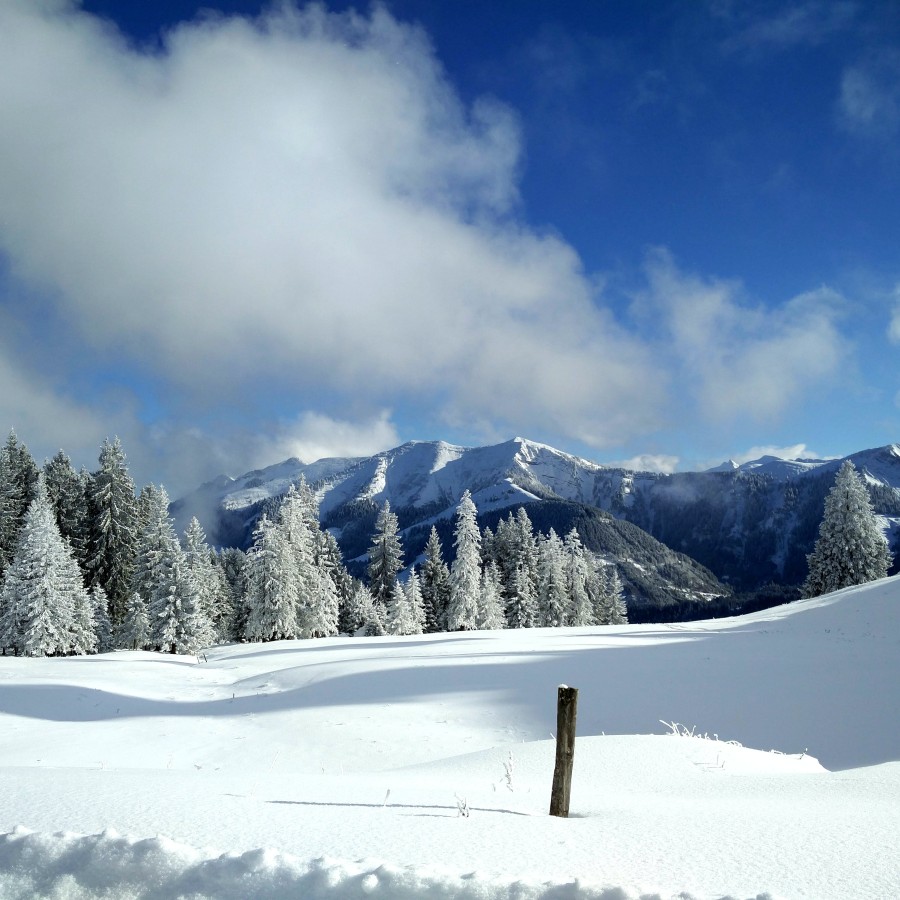The winter season 2020-21 started with a lockdown in November (with arrivals declining by 90.0 percent, overnight stays by 79.7 percent), which merged almost seamlessly into a third and still ongoing lockdown. Tourist activities were virtually impossible in December 2020 as well (with the exception of necessary business trips as well as spa stays), which resulted in a decline of guest arrivals by 95.9 percent and overnight stays by 93.5 percent). Overall, the number of guests in Austrian accommodation establishments in the winter pre-season thus amounted to only about 375,800 (–93.6 percent compared to November to December 2019) and that of overnight stays to 1.86 million (–89.4 percent). The corresponding WIFO estimates of domestic tourism revenues reflect this trend with nominal revenues declining by 90.3 percent and real revenues by 90.0 percent; these estimates exclude public sector payments under COVID-19 aid.
The number of overnight stays in the winter of 2020-21 is expected to total only around 10.2 million, which is around 83 percent below the previous year's level. Compared to the record winter of 2018-19 with 72.9 million overnight stays, this implies losses of more than 86 percent. It is assumed that foreign demand will still be impeded by travel restrictions in March 2021 and will only reach relevant levels in April. For domestic tourism a lifting of the current restrictions for accommodations and restaurants is assumed for March with a significant easing only in April.
While forecasts for the current winter season result are rather solid, the uncertainty about the course of the pandemic on the one hand and the progress of vaccinations on the other makes it difficult to derive reliable scenarios about the coming summer season and beyond. The pandemic-induced economic crisis and the resulting loss of income and jobs further exacerbate this uncertainty.
In a rather optimistic scenario, assuming that overnight stays in May 2021 will already reach 75 percent of May 2019 levels and the gap in demand narrowing thereafter (third quarter of 2021 5.5 percent compared to 2019, fourth quarter 3 percent), the level of overnight stays in 2021 will only just reach that of 2020 and will still be around 36 percent below that of 2019. Thus, demand is not expected to reach pre-crisis levels until 2022 at the earliest.
Despite all the uncertainty and the many problems facing the Austrian and international tourism industry, there is also reason
for optimism: tourism has been one of the most dynamic sectors nationally and globally in recent years. Not only is people's
desire to travel unabated, but it can be reasonably assumed that it has even increased due to the long period of travel restrictions
caused by the pandemic. Austria was rediscovered as a main vacation destination by many domestic tourists last summer – it
seems quite possible that this impetus may result in a more sustained revival of domestic tourism.


